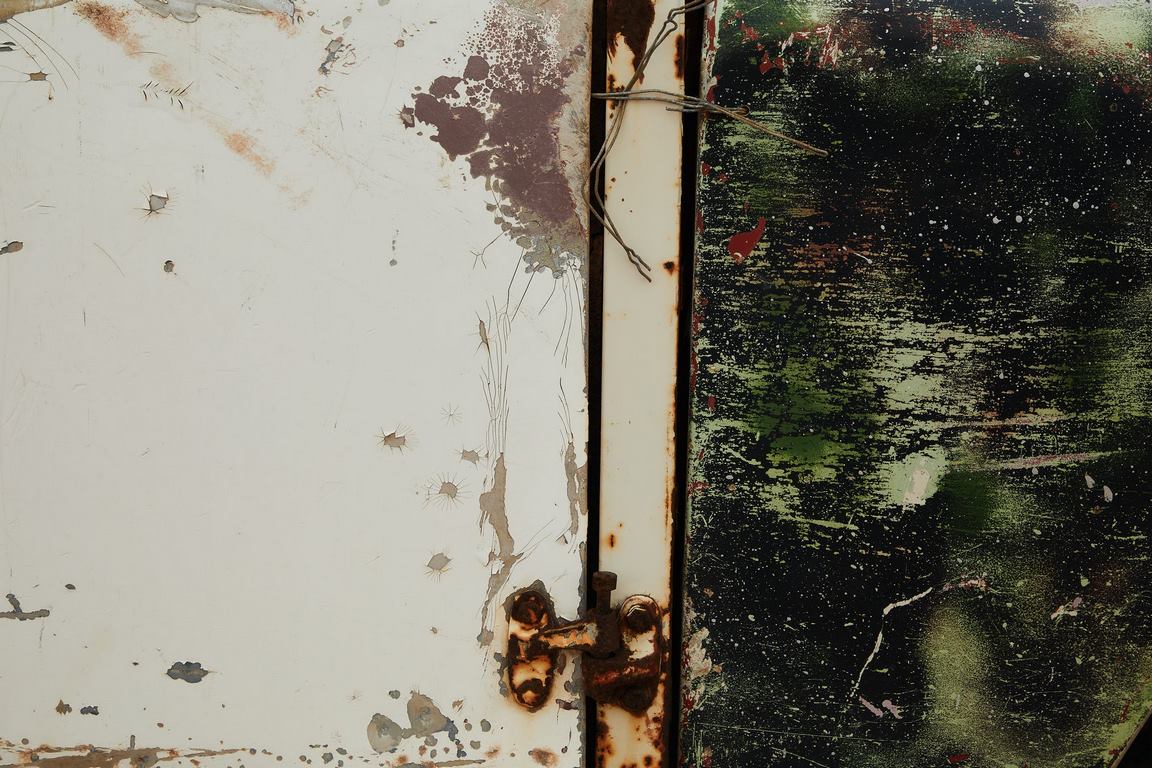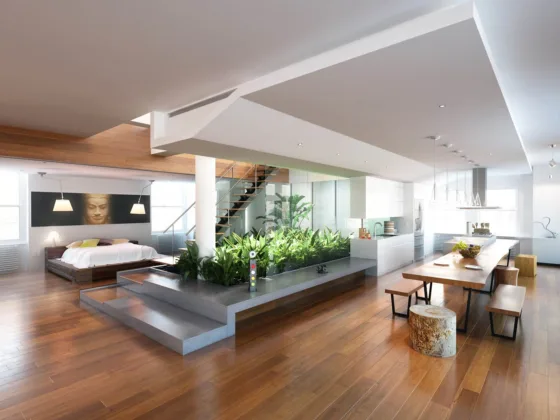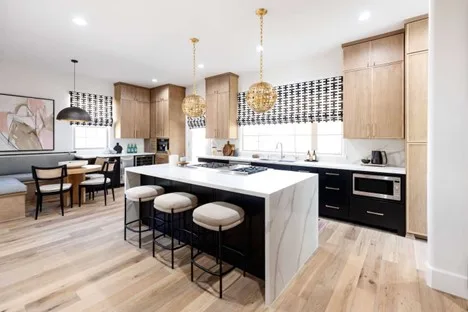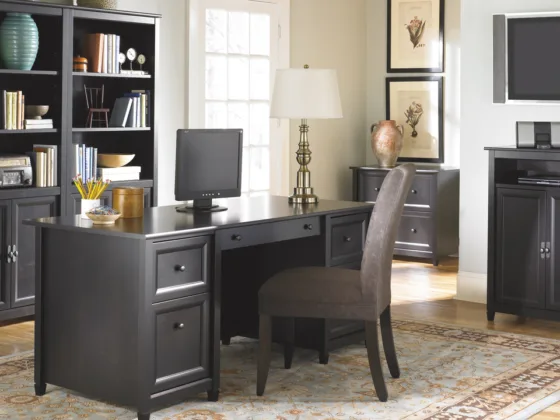Table of Contents Show
What Causes Damp Walls?
All construction materials are made of tiny particles that have a void between them. If somehow water or moisture gets in touch with that void, it can easily travel through the particles causing damping.

Another reason that causes dampness on walls is – condensation. With a drop in temperature, you can see water droplets or condensation forming on windows. This mostly happens in the morning. If left untreated, this clutter of moisture (aka condensation) could lead to mold, mildew, and rising dampness.
Other common causes include – underground water, leaky pipes, leaky roofs, and household activities like cooking, showering, even breathing.
If the DPC is damaged or missing, it could also allow the water to penetrate from the earth or outside via some missing roof tile, damaged wall, blocked gutter, or a leaky window frame.
How Can You Prevent Wet and Damp Walls?
Ventilate Your Home Properly
To avoid advanced damp in Ruislip, be sure to have proper ventilation around the house. Install exhaust fans all around the house. There should be some way for the steam from all the cooking and showers to exit the house. If not, you might wind up with wet walls.
There’s a reason wet walls are most common in kitchens and bathrooms. Because that’s where most activities involving water and steam happen. Be sure to have chimneys and fans leading the moisture out.
Install a Damp-proof Course or DPC
A lot of the time, wet patches form along the lower part of the walls; near skirting. A DPC is generally the best preventive method to stop the groundwater from finding a way through walls, resulting in seepage.
A damp-proof course is essentially an impervious material that acts as a barrier between the structure and groundwater. At the time of construction, it was laid at about 150 mm above ground level. Make sure that your DPC is not broken.
Improve Your Insulation
Insulation is another way to maintain the right heat levels and warmth inside the house. You could also go for insulated glazings such as frames and double glazing. Insulation helps to keep the surfaces including walls a lot warmer.
In this way, moisture is far less likely to accumulate and cause condensation. With proper insulation and ideal ventilation, you would have fewer chances of dealing with dampness and mold in your home.
Most places have a legal requirement in regards to the amount of insulation a house must have. You could exceed those limits to get a more comfortable and drier home. A warm house is a dry house.
So, you may also want to invest in some kind of heating or HVAC unit to further control the moisture levels.
Waterproof Your Walls and Roof
Most paints used on the outside walls happen to be permeable. That means, in some time, rainwater (due to repeat penetration) could find a way from the outside-in. The best way to avoid water from seeping through the walls is to go for waterproof paint coating. It will act as a barrier against moisture and rainwater thus preventing dampness.
Waterproofing your roof is just as important. Don’t forget that the terrace is always exposed to all kinds of weather conditions. It’s easier for rainwater to accumulate on the rooftop.
If there’s some kind of damage or missing tile, it could easily enter the ceiling; resulting in damp patches and leakages. Be sure to use some kind of sealant and a root coating to prevent seepage.
Read Also:
Use Vapor Retarders
A vapor retarder is essentially a system or some kind of material that retards or discourages the transition of water drops under certain conditions.
By installing a vapor retarder, you can avoid vapors from entering the building through walls where it could cause condensation. The most common example of a vapor retarder is the asphalt coating on the kraft-facing insulation.
Look For Any Cracks or Damage in the Walls
Myriad reasons could cause cracks to form in the walls. Most common are climate changes, an aging structure, or some kind of impact on the structure. Cracks generally begin near doors and windows. That’s where moisture finds an entry to seep into the house.
Any time you notice these cracks, be sure to purchase quality putty and fill those cracks. Repaint the walls after you’ve filled those gaps. It’s good to get this done before the rainy season so that the walls get enough time to dry.
Control Indoor Moisture
There are some preventive measures you can take to avoid moisture build-up in the first place. Here are some of them
- It’s good to switch to shorter and colder showers rather than steam ones. Also, any time you use the bathroom, be sure to turn on the exhaust fans.
- Some plants have a natural ability to absorb water. Be sure to place them all around the house.
- Make sure all exhaust pipes lead outside and not some other place in the house where moisture could build up easily.
- In winters, most people tend to dry their clothes indoors. If you do plan on doing this, be sure to use a dehumidifier to suck all of the moist air.
- Any time you notice damp patches forming on the wall, wipe them down with a dry cloth. You could dip it in a fungicidal solution to avoid mold formation.
- Avoid over-watering your indoor plants. All the excess moisture could turn into air vapors.
- Items like carpets, rugs, and pillows can hold a lot of moisture. If the carpeting inside your home is old, it might be time to replace it.
In Conclusion
If despite all the preventive measures and tricks, you still find yourself dealing with rising or penetrating dampness, it’s always worth it to get professional help.











